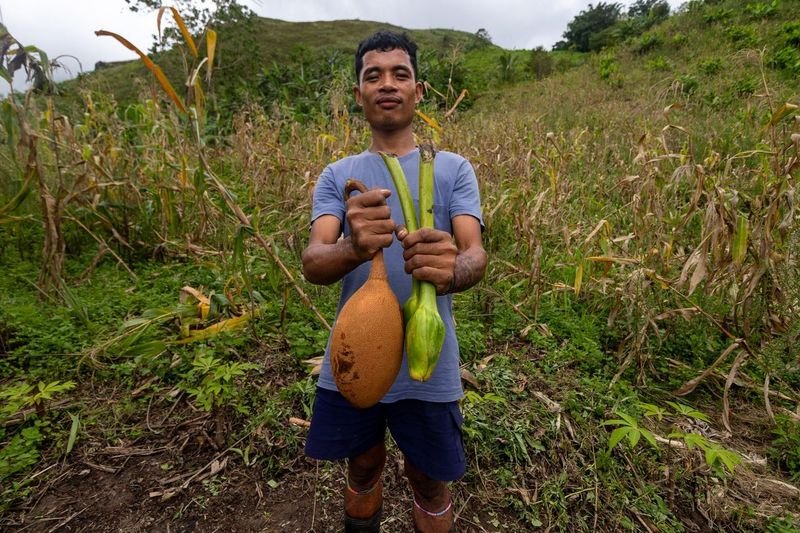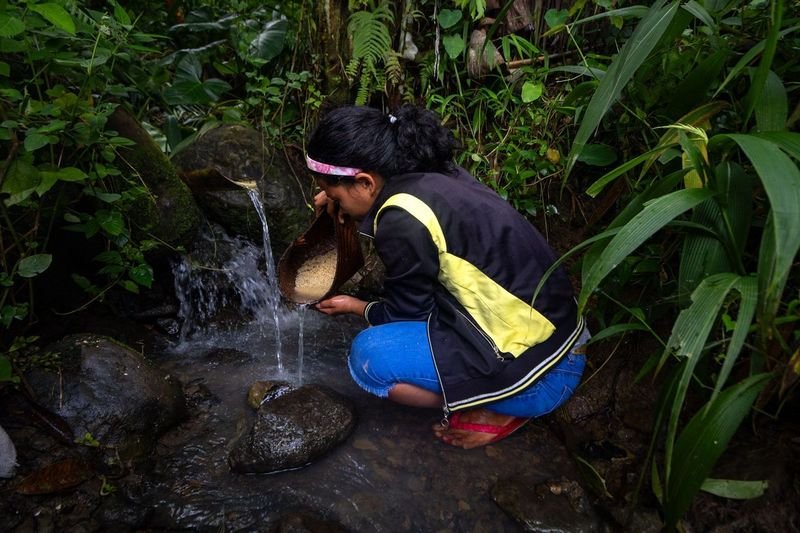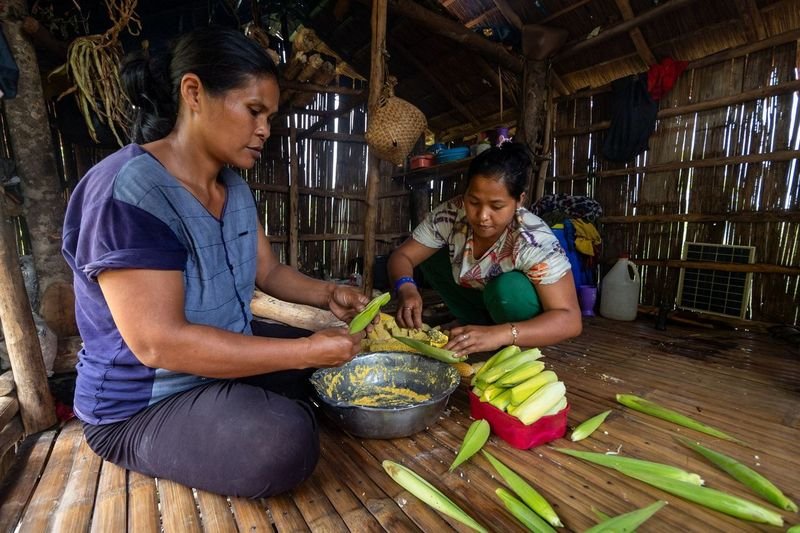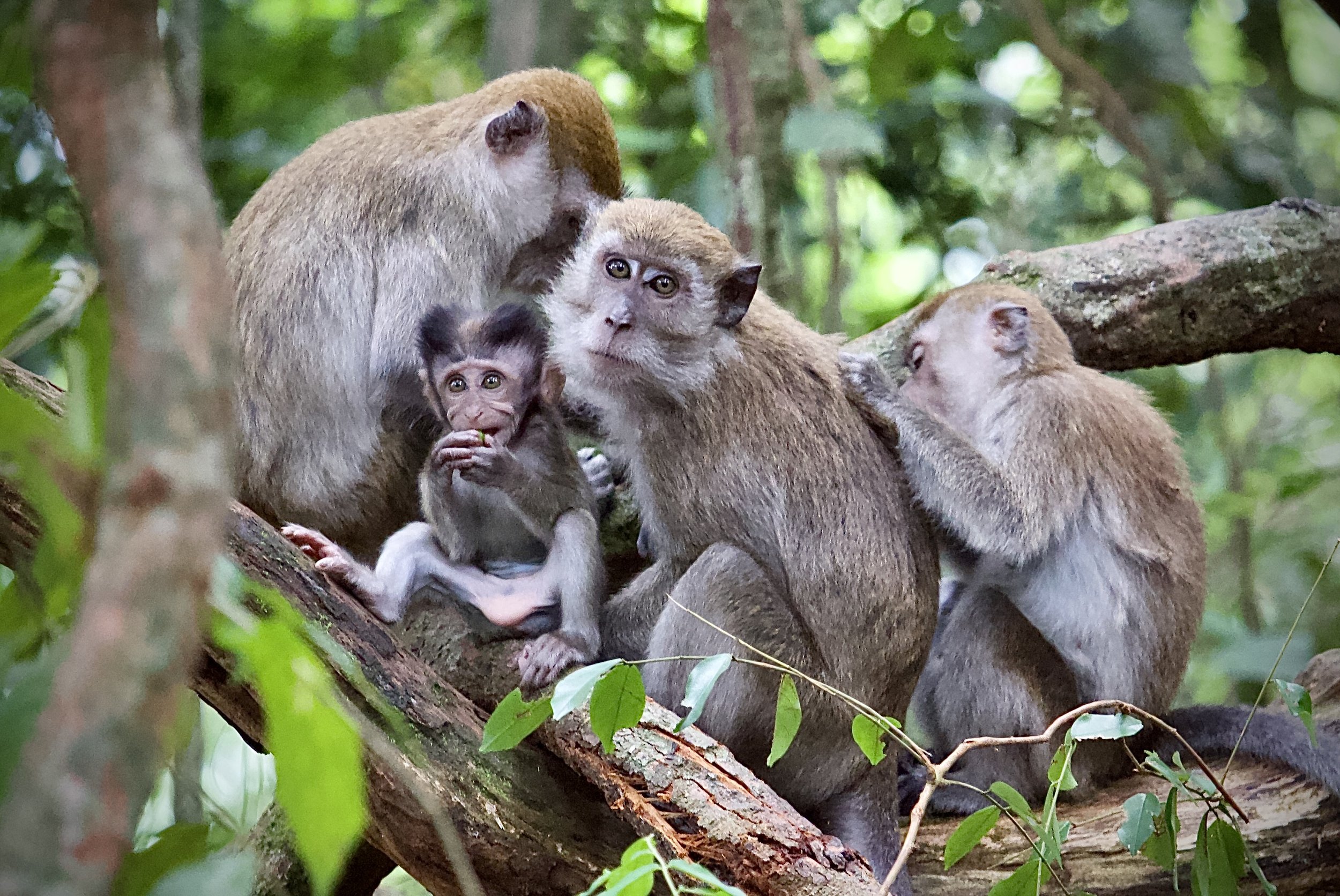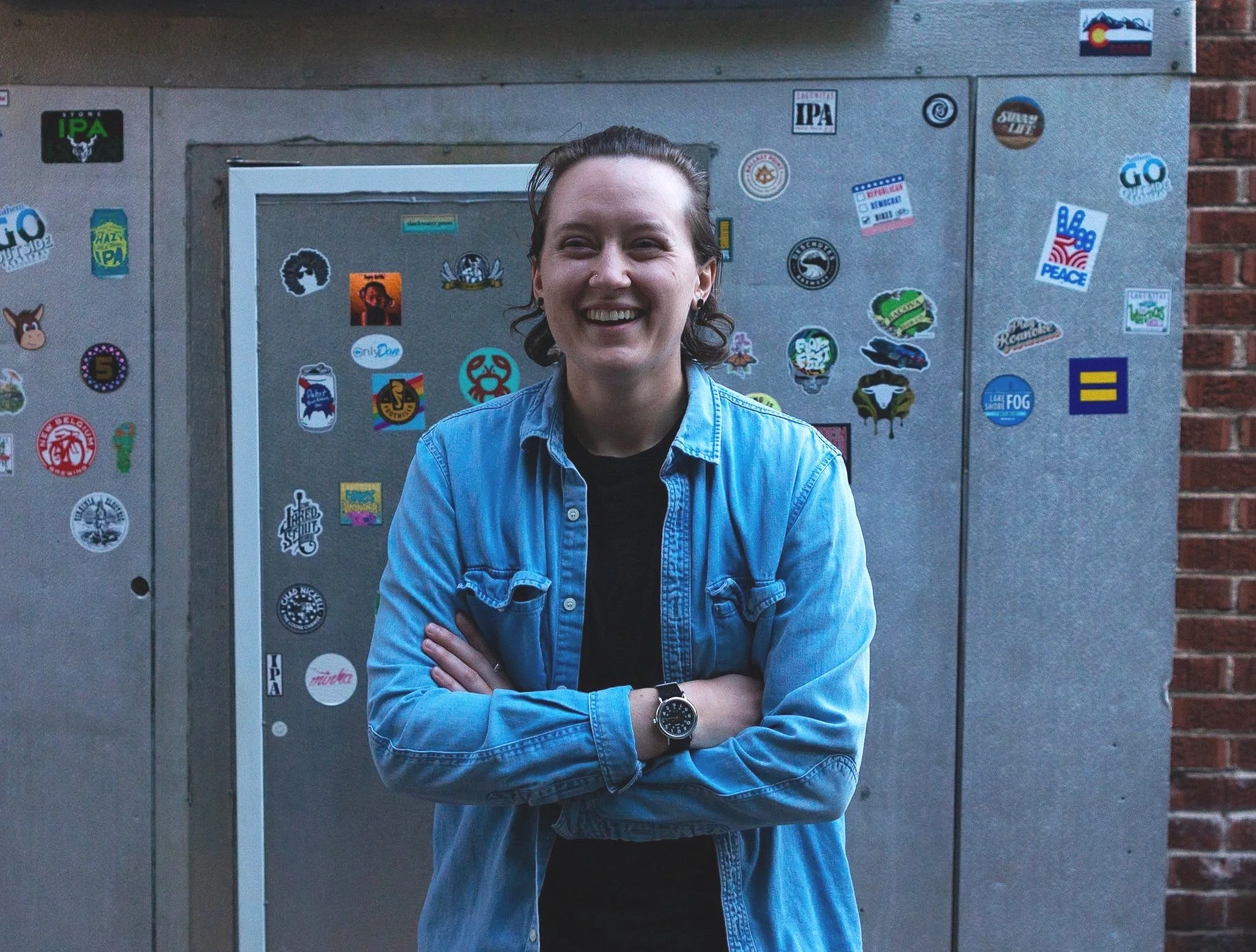Where Stories Are Told and Wisdom is Remembered
Relearning and retracing ancestral Manobo practices in the Philippines
WORDS & IMAGES BY CELINE MURILLO
In the shelter of the Libulunganan (gathering hut), Robert Cahapon, 29, cheerfully holds up an heirloom variety of eggplant. He's engaging a captivated audience, demonstrating the meticulous process of seed collection.
This particular Sunday marked another gathering for learning under the Bukidnon Seed Stewards Project, an initiative by the Salumayag Collective for Forests. This community seed-banking endeavor thrives on collective wisdom, participated by farmers and women from the local community.
Co-founded by Robert, Salumayag is an indigenous youth- and women-led organization based in the uplands of the province of Bukidnon in Mindanao, Philippines. It is a group by the Manobo people for the Manobo people, borrowing its name from the revered salumayag tree (Agathis philippinensis) whose resin was used by the Manobo people as a lightsource in the absence of modern utilities.
“We also believe that this is the home of Magumanuy, the goddess that guards the high forests. It’s important to share that this is not just a tree, but has a big significance to us Manobo people,” says Robert in the Manobo language.
Striving to bring back the Manobo traditional agroecology and land management practices, Salumayag draws on a from-the-ground-up approach, like a seed nourished and sustained by the very land they live off, in which those that are affected and involved are the ones identifying the challenges and coming up with solutions.
The high demand for commercial crops such as corn has given over much of the community’s farmlands to modern agriculture. Rampant use of herbicides which “kills” the soil and whose run-off eventually finds its way to the community’s water sources along with the exhausting planting schedule and unjust market practices that leave farmers overworked, in debt, and, ironically, with scarcely enough food on their tables, are some of the motivations behind Salumayag’s mission and purpose.
Manobo farming follows a traditional schedule divided into two seasons. Panuig, from January to May, involves the planting of mostly grains like olivun (Coix lacryma-jobi) and upland rice cultivars – staple food of the Manobo. Pangulilang, meanwhile, commences in October until the end of the year when the majority of typhoons occur in the Philippines and to which the Manobo responds by prioritizing mostly root crops, like taro and sweet potatoes, that are more resilient to harsh weather conditions. Panuig could yield a harvest good for two years, while pangulilang supplements this and is done in the principle of himunuw – a practice where the community provides for newly established family units, giving them a head start of at least three months. In between these seasons, the Manobo goes into the forest to forage, hunt, fish, or simply rest.
However, this cherished communal tradition is under threat due to modern farming practices. On top of this, the survival of heirloom crop varieties, which produce seeds that can be planted over and over again without reducing yield, is also at risk. This is why Salumayag’s Seed Stewards program is vital to their mission.
“I don’t dream for myself. I dream for my community.”
“We need to take inspiration from our traditional way of life,” Robert emphasizes. “That we can survive without stores, even without contemporary farming methods.”
The program harkens to the lalapung – an indigenous elevated structure, similar to a “treehouse”, used by the Manobo to store seeds for communal use. In this program, the Seed Stewards relearn and are re-familiarized with the abundance of wild food and crops that exist in their community and the surrounding forest.
Seed Steward sessions are collaborative, a form of libulung or community dialogue, where each participant is a teacher and is given a platform to share their experiences and knowledge. Everyone becomes both a teacher and a learner. In one memorable session, Seed Stewards partook in a cooking contest using only ingredients foraged or they’d grown themselves; with salt as the only permitted “seasoning”. From countless varieties of taro, upland rice, and ferns to the whole spread of edible mushrooms, the resulting dishes were a showcase of the richness of the Manobo food heritage, prompting several participants to say, “There is no crisis in the forest.”
Salumayag doesn't just tackle the food crisis but also addresses the cultural crisis looming with the erosion of traditions. Harnessing the power of storytelling, Salumayag enjoins the community, particularly the Manobo youth, in their mission through programs like tuun sa payag, and forest walks. These initiatives reconnect the younger generation with nature and ancestral wisdom, preserving cultural identity and knowledge transmission.
Tuun sa payag, meaning “learning in a hut”, is a form of nature schooling in which the kids learn about their natural surroundings, from identifying native trees to creating an herbarium.
Forest walks reconnect the children to the land, enabling them to witness what’s happening with their own eyes, with the goal to reinvigorate their sense of stewardship. In this activity, a community elder is almost always present, reliving and sharing their knowledge and experiences to the youth, a way to pass on their cultural identity and teachings.
“We believe that we also need to listen to the voices of the youth,” says Robert. “It’s not just the adults that have a say. It’s important to include the youth because they will be next in line and they must care about what’s happening.”
Through social media, Salumayag shares glimpses of Manobo culture, emphasizing the importance of Indigenous voices and narratives often overlooked in mainstream discourse. With photos and videos showcasing the beauty of not only the Manobo language but also the simple power of a community taking pride in their heritage, the group highlights what we often forget and overlook: Indigenous peoples have stories to tell and they are very much capable of telling them.
Next to nature, Indigenous peoples are the best teachers. Amplifying and supporting the efforts of organizations like Salumayag becomes pivotal in facing the climate crisis and rapid biodiversity loss. We must listen to them and learn from them, and use our privileges to make sure that their voices are heard and that they are given a seat at the table. At the very least, we must make it so that they are inside the room.
Empowering Indigenous peoples to tell their own stories in the way they want to tell them is imperative if we are to truly progress. The change and liberation that we are working towards will only be possible if no one is left behind. Freedom is a shared endeavor.
As we navigate toward a more equitable world, it is crucial to recognize and honor the wisdom that Indigenous peoples offer to guide us. To look at Salumayag as the beacon that they are is one step forward in the right direction.
This story was created by Revolutionary Storyteller Grantee Celine Murillo.



